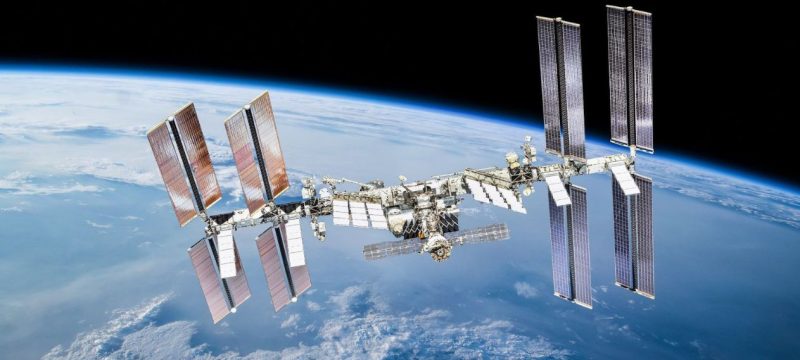Technology has a habit of creating needs we didn’t even know we had. One such emerging need is space-based datacenters — a revolutionary concept designed to overcome the fundamental limitations of terrestrial computing infrastructure.
1. Energy Advantage: Continuous Solar Power
Datacenters consume vast amounts of power, often sourced from carbon-intensive or intermittent renewable systems. In space, these limitations vanish. Solar energy in orbit is continuous, abundant, and far denser than on Earth — unaffected by weather, nightfall, or seasonal shifts. This makes orbital datacenters inherently more energy-efficient and sustainable.
2. Reduced Latency and Faster Data Flow
Current satellite communications require data to travel from Earth to orbit and back, introducing unnecessary latency. Placing datacenters directly in orbit cuts this round-trip time in half, dramatically improving performance for space-linked devices and systems operating in low or medium Earth orbit (LEO/MEO).
3. Enhanced Utility for Space Systems
Space-based compute capacity offers immediate advantages to satellites, space telescopes, and planetary probes. These systems can process data in real time without waiting for ground-station alignment. This enables faster analysis, more responsive intelligence, and autonomy for deep-space operations.
4. Catalyzing Space Infrastructure Development
The construction of orbital datacenters will accelerate mastery of technologies critical for off-world infrastructure, manufacturing, and exploration. Establishing these systems early provides a competitive lead in space-based industrialization and future human expansion beyond Earth.
Challenges on the Path Forward
Thermal Regulation
In space, there is no atmosphere to dissipate heat. Datacenters generate immense thermal loads, and radiative cooling is both slow and area-intensive. Engineers will need to develop innovative thermal control systems, including radiator arrays and waste-heat recovery methods.
Scaling and Cost
To be truly useful, orbital datacenters must be large and powerful—requiring heavy payloads to be launched at manageable costs. However, falling launch costs and increasing computational density suggest this challenge will soon be overcome as the technology matures.
Space Debris and Safety
With every new satellite and orbital platform, collision risk increases. Effective debris tracking, maneuvering, and end-of-life disposal systems will be essential to prevent long-term space hazards.
Autonomous Maintenance
Human repair missions are impractical in orbit. Space-based datacenters will depend on advanced robotic maintenance, capable of autonomous diagnostics, precision manipulation, and self-healing operations — far beyond current capabilities.
Economic Viability
Finally, the economics must make sense. Once orbital datacenters prove their reliability, demand will naturally follow—just as previous “impossible” technologies became standard once costs dropped.
Conclusion
The evolution of technology consistently drives costs down and capabilities up. As space-based datacenters become feasible, they promise cleaner energy, faster connectivity, and stronger space infrastructure. The logic is compelling, the strategic value immense — and their arrival, inevitable.
In other news also read about How Cloud And Fiber Connectivity Are Powering Pakistan’s Digital Transformation









